Following our top 50 films of 2019, we’re sharing personal top 10 lists from our contributors. Check out the latest below and see our complete year-end coverage here.
What a way to bid the decade adieu! 2019 boasted an incredible lineup of foreign, art-house and independent films—ranging from character studies to multi-genre fare to ghost stories and socially charged thrillers—and in many ways, this year’s offerings were the perfect distillation and culmination of ten years’ worth of technical, cultural, political and artistic transformations. The growing embrace of large format lenses (Midsommar) and de-aging technology (The Irishman), and bolder experimentations with frame rate, storytelling, structure (Climax) and guerilla filmmaking techniques or DIY methods of production (every Safdie brothers film including Uncut Gems) are but some of these changes, while the proliferation of streaming sites from the popular to the curated breathed new life into overlooked films by allowing smaller-scale titles, inaccessible classics or obscure festival gems to gain traction with new and wider audiences at home. People now had entire libraries of the most celebrated and forgotten films right at their fingertips—not to mention that streaming sites began bankrolling their own projects as well, leading to such an embarrassment of quality riches at home that the future of the traditional theatrical model suddenly seemed very vulnerable. No longer were the days of the standard middle-brow studio drama; the most memorable, audacious and zeitgeist-leading films were now being distributed by independent and streaming companies—(cue the origin story of how A24 came to dominate this landscape)—and studios were cynically investing most of their resources into superhero flicks or major ensemble Blockbusters as a way to incentivize ticket sales.
So while these developments pose an existential threat to the classical theater model of consuming films, there have been advantages as well as drawbacks to the cinematic medium’s increasing sophistication, democratization, and digitization. For one thing, awards-mandated theatrical runs of Netflix and Amazon films are heartening signs that as the industry becomes more proactive and creative in feeling out these changes and adapting with the times, they’ll find new ways of keeping the sacred spirit of the communal movie experience alive and well.
In addition to the social camaraderie of experiencing a film on the silver screen with strangers, not even the most impressive home theater system can hold a candle to the sensory splendor of seeing Long Day’s Journey Into Night in 3D on the big screen.
Surprisingly, only three of the top 10 films listed below are A24 films, tied with three Netflix titles—as usual, A24 continued its glorious reign this year by firing on all cylinders, while Netflix closely followed through a formidable showing with titles that included Mati Diop’s Atlantics and Noah Baumbach’s Marriage Story—not to mention the nostalgic goldmine they have on their hands with Scorsese’s epic mobster coda.
Honorable Mentions: Hustlers (Lorene Scafaria), Her Smell (Alex Ross Perry), The Farewell (Lulu Wang), An Elephant Sitting Still (Hu Bo), Ash is Purest White (Jia Zhangke), American Factory (Julia Reichert and Steven Bognar), Waves (Trey Edward Shults), Knives Out (Rian Johnson), Little Women (Greta Gerwig) and The Lighthouse (Robert Eggers)
10. Long Day’s Journey Into Night (Bi Gan)
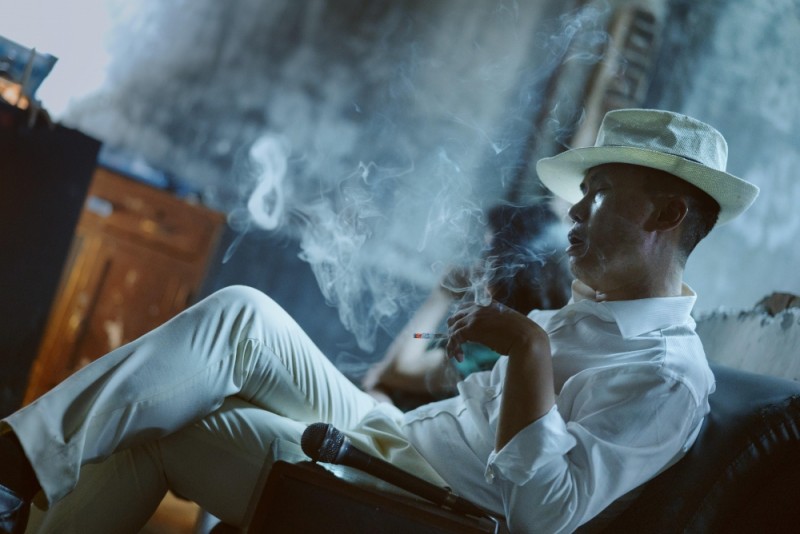
Long Day’s Journey Into Night is not the kind of film to be seen, but succumbed to. It’s a subliminal immersion into the deep recesses of the subconscious mind, unfolding with the atmospheric alienation of dream logic. The second hour is truly a breathtaking feat of artistry, an hour-long single take unfolding in real time, in which the camera’s serpentine movements hypnotically echo the cerebral transience and temporal fluidity of a dream’s distorted movement through space and time. Bi Gan nails the surreal and elusive essence of dream logic by showing how dreams can repurpose even the most ancillary details of everyday life— characters’ altered hairstyles or hair colors are one example. Whether such changes carry meaning, are completely arbitrary, or are a repressed combination thereof, Long Day’s Journey Into Night realizes the way our minds process dreams, and its thin plot, observational acuity and structural discordance between the first and second hour only elevate this sense of trance-like disorientation. At the end of the day, the plot specifics don’t really matter much, because the film is more concerned with subjective experience as a whole; the singularity and rapturous escapism of dreams, as well as the frustrating flimsiness and unreliability of memories—conveyed through an impressionistic tone and sumptuous, arresting visuals that mirror the immaterial grace, intuitiveness, abstractions and haunting catatonia of the submerged mind.
9. Marriage Story (Noah Baumbach)
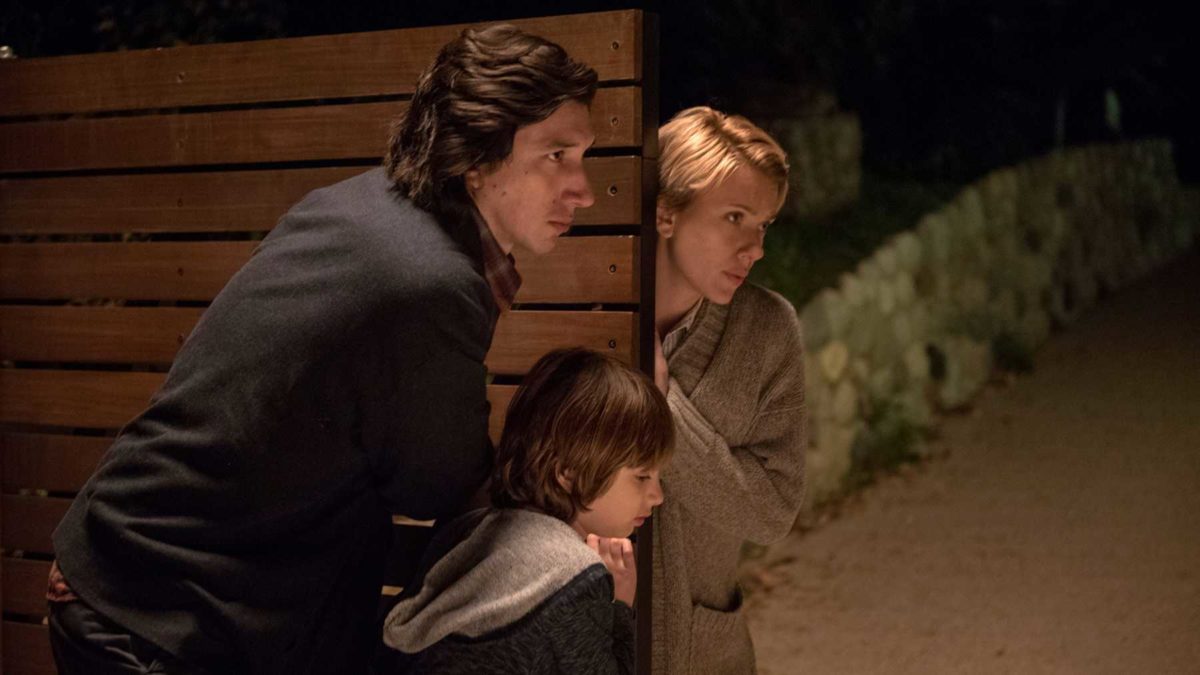
Noah Baumbach’s funny, heartbreaking and perceptive vivisection of a crumbling marriage will distressingly resonate for anyone who’s weathered the anguish of a failed relationship. Its grace notes lie in the largely even-handed compassion of Baumbach’s narrative approach—and even if one were to make a valid argument for why this film slightly belongs more to Adam Driver’s Charlie than Scarlett Johansson’s Nicole (as he is the one with a more fleshed-out arc), this is not necessarily a point of weakness, but rather a sign that Baumbach is wrestling with his own shortcomings as a man; using what’s most familiar to him—his own perspective—to confront his blind spots and past marital mistakes. The film lives in these gray areas, displaying a psychological maturity that strikes deep emotional chords. Such complexities also allow us to see the different phases and changing faces of Charlie and Nicole’s relationship as the film progresses, for divorce isn’t necessarily the final chapter, especially when children are involved. It’s telling that Baumbach chooses to close the film on a platonic note of lingering affection and respect between the ex-spouses, echoing an earlier assertion by Nicole that “divorce is not as simple as falling out of love.”
8. Midsommar (Ari Aster)
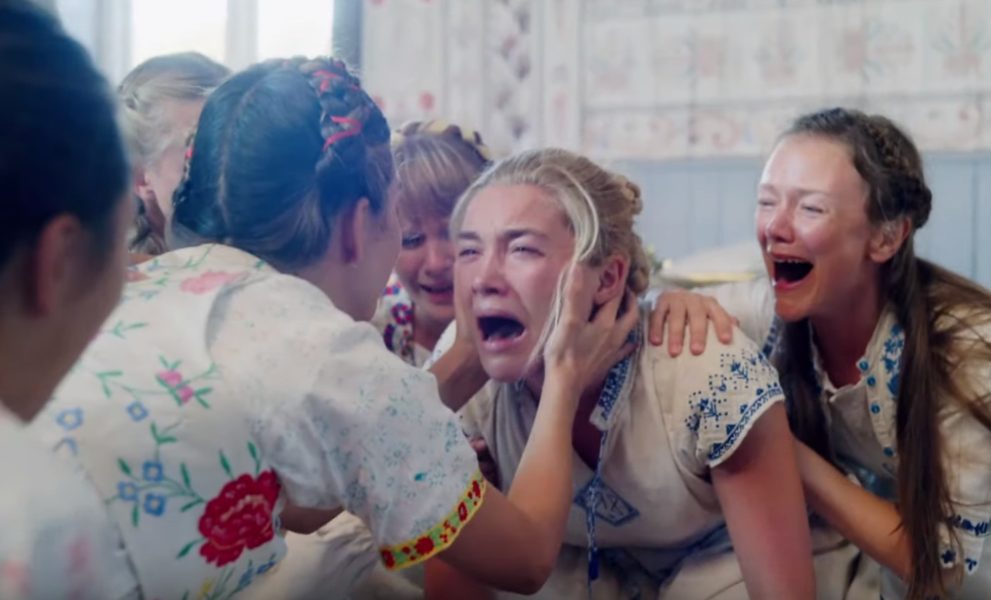
A vibrant head-trip, Ari Aster’s Midsommar is a sun-dappled, subliminally sinister feast for the eyes that’ll make you long for the sweet release of darkness. What starts as a scenic Pagan fairytale with faintly murmuring malevolence, set against the idyllic summertime Swedish countryside, steadily progresses into a fully minacious and blooming vision of ritualized, sacrificial lore—one that doubles as an allegory for the search of family and what it means to find home in the wake of grief, loss, and the gaslighting toxicity of failed relationships. Something’s clearly amiss in this off-kilter version of utopia, as Pawel Pogorzelski’s pastel-bleached palette and dreamy mise-en-scène quickly become angelically oppressive. When coupled with the mutedly insidious harmony of the cult’s hippie-like communal culture, Midsommar’s uncanny aesthetic whimsicality only heightens the sense of hallucinatory danger lurking in this quietly threatening pastoral paradise.
7. Atlantics (Mati Diop)
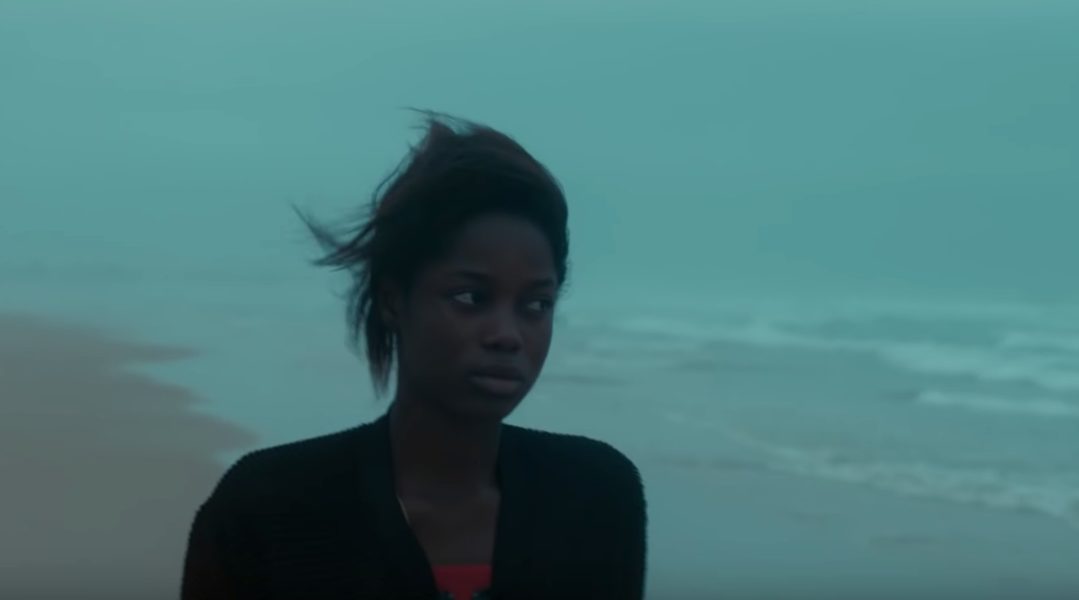
A haunting and hypnotic love story told through the allegorical lens of a ghost story, Mati Diop’s transfixing and mercurial debut blends magical and social realism to show the reverberating effects of capitalism’s exploitation of labor in the capital city of Senegal—displaying a keen sense of life’s intangible interconnectivity by showing us the role of exploitation on the migrant crisis, and the effect this has on the film’s central romance. The achingly felt love between Suleiman (Traore) and Ada (Mame Bineta Sane) lends an intimate and personal face to the film’s socio-political commentary, and their tragic romantic fate comes at the hands of Suleiman’s financially desperate voyage to Spain in search of work. It’s a supernatural parable of female self-empowerment, as Ada is at first caught in the middle between the sexual repression of her country’s traditional patriarchy, and the more modern sensibilities of its liberated youth. Atlantics celebrates the metaphysical bonds of love while honoring the suffering and spiritual toll of human displacement—Diop’s sensual, unsparing and overwhelming empathy gives voice to the voiceless, and provides new meaning to the idea of poetic justice on behalf of the ‘dispossessed.’
6. Pain and Glory (Pedro Almodóvar)
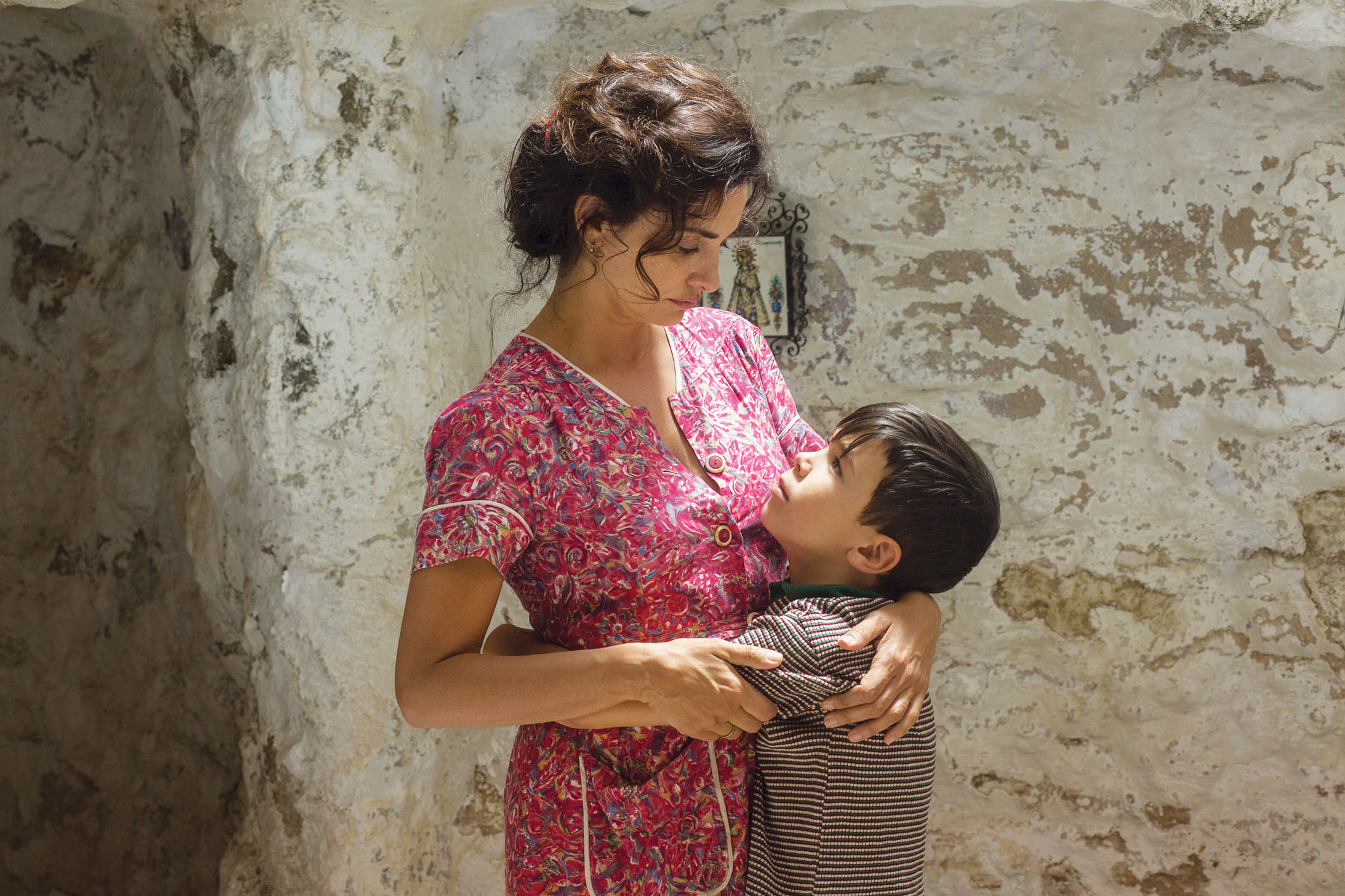
An exquisite portrait of reflection and remembrance, Almodóvar’s semi-fictional Pain and Glory is the sentimental summation of a life’s nostalgic, tragic, erotic and romantic inflections—as the director uses the retrospective and deeply personal language of cinema to articulate the many regrets, passions, decisions, maladies and lost loves that sculpted him into the man and the artist he is today. As suggested by its title, Pain and Glory is a sweet and somber work that painfully accepts the past and the prospect of death while soulfully embracing—with the vulnerability and humbled restraint of a ripened artist—life’s emotional dualities and contradictions. The film unfolds like an extended, colorful memory, one that swaddles its artistically stagnant filmmaker-protagonist Salvador Mallo (Almodóvar’s fictional counterpart, played with poignant frailty by Antonio Banderas) and us viewers in the comforting and complicated melancholia of memory; it’s a meta-textual meditation on the creative energy that sprouts from the roots of recollection, and how both spiritual and artistic direction can sometimes be found through living in the past. Almodóvar’s latest is a eulogy to his first and deepest love—his mother—that pulses with the universal yearning for a deceased parent, while also making peace with the guilt, heartbreak and anguish that necessarily live in the space between a child’s and parent’s affections, for the depth of the latter’s, in all its self-sacrifice, can never be matched. Yet that doesn’t stop Almodovar from attempting—with poetic tenderness—to bridge this gap using his second greatest joy, that of his craft, and by doing so he and his film make a stirring case for cinema as the purest expression of love and gratitude.
5. Uncut Gems (Josh and Benny Safdie)
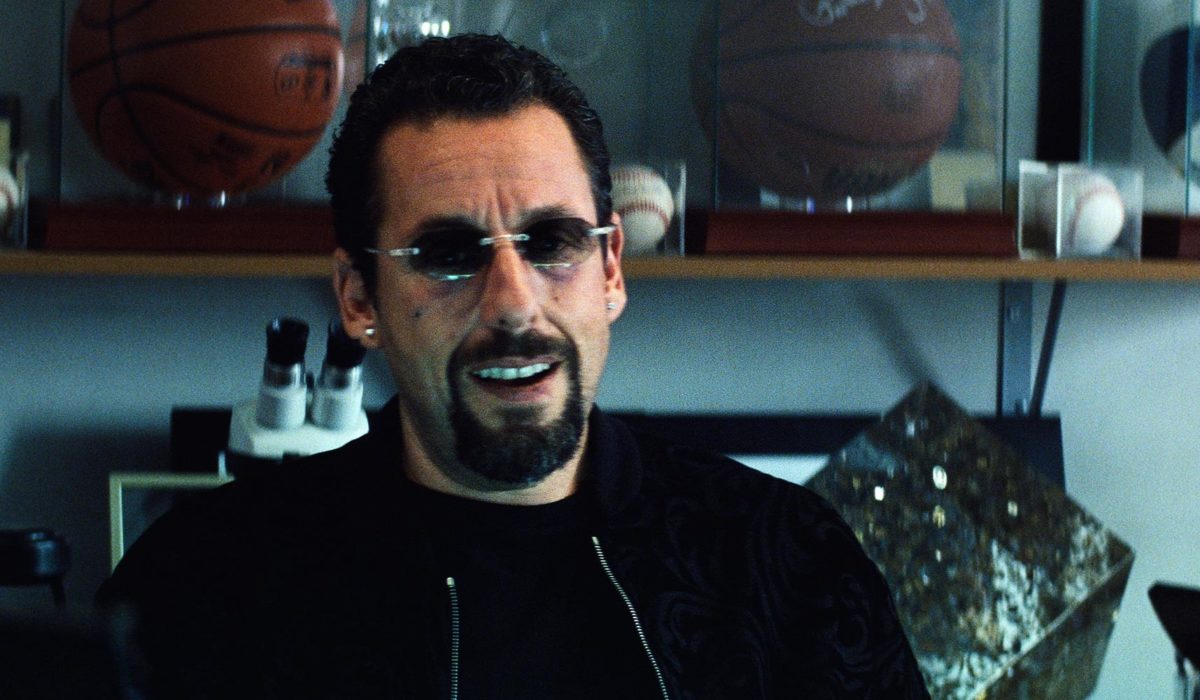
Judging by their films, Queens natives Josh and Benny Safdie appreciate the grimy art of the hustle, and respect the gritty heart behind that hustle. As with every hustle, time is money, and every minute spent dithering is another dollar wasted. In this context, a Safdie character is not unlike a shark, for their moment-to-moment survival is predicated on constant motion—whether that means staying one step ahead of lenders and the law, or planning the next bet or crime for desperately needed cash. For someone like Howard Ratner (Adam Sandler), every moment of existence is a high-wire act where the stakes are never low: life as a constant state of improvisation, where one is forced to master the art of finesse should they ever need to wriggle out of a bind, even if this only buys them a few more hours. Such a precarious life is tailor-made for a reckless adrenaline junkie like Howard, and the world he inhabits is one of chaos and manic thrill-seeking in service of his sports gambling addiction. Sandler swaggers with the sleazy charm of a Diamond District wheeler and dealer, and though he may be infuriatingly irresponsible, the Brothers treat him with the kind of kinetic and textured empathy that betrays their kindred affinity towards society’s rogues and misfits. The Safdies’ humane understanding of the psychological compulsions or circumstantial necessities behind their subjects’ scrappy, street-smart survivalist savvy—rendered through the claustrophobic immediacy of their camera, which often remains intimately fixated on their characters’ subjectivity, and employs wide shots very prudently—lends itself to the jittery, propulsive intensity with which they document Howard’s exploits. These stylistic choices, which are governed by a palpable verisimilitude, demand our visceral investment in Howard’s success, and the directors’ dysfunctional affection for Howard and the film’s other gregarious, naturalistically rendered denizens likewise becomes our dysfunctional affection. Josh and Benny have once again displayed their unmatched prowess in generating tension through nerve-shattering anxiety, and the experience of watching this film becomes a kind of emotional whiplash that forces us to abruptly oscillate between falling for Howard’s slick, self-confident sales-pitch approach to life (every interaction he has, including those with his estranged wife and children, is a sales pitch), and feeling brutalized by the frenetic and suffocating desperation of the holes he digs for himself. With this sublime character study, Howard Ratner joins the ranks of Safdie protagonists for whom self-destruction is par for the course in the pursuit of glory, or even basic survival—in the filmmakers’ cinematic universe, the two are often one and the same—and the uncompromising vision of their third feature unnervingly thrusts us into the lion’s den along with its lapidary, smart-ass hero.
4. Parasite (Bong Joon-ho)
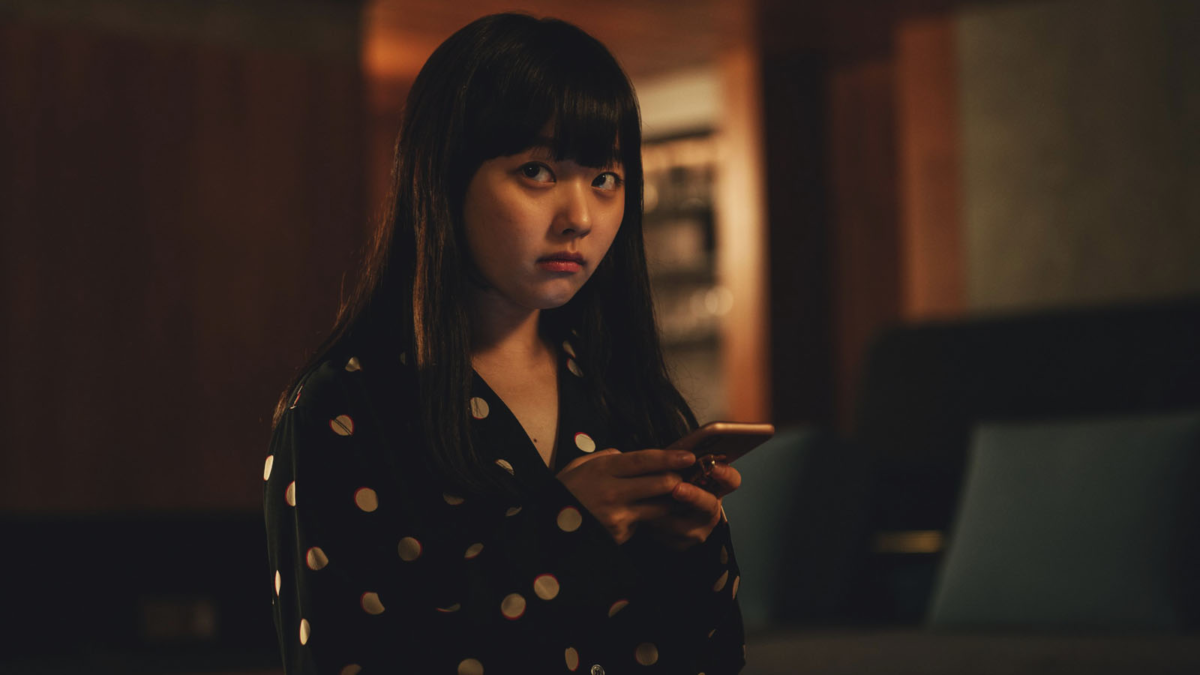
A tragicomic thriller for our times, Bong Joon-ho’s genre-bending portrait of class politics brilliantly literalizes society’s stratifications between the haves and the have-nots—once again utilizing the director’s preoccupation with cramped spaces, as seen in Snowpiercer, to visually actualize what it’s like to exist within the lower rungs of the social hierarchy. Contrasting the Kims’ textured and tactile intimacy with the privileged Parks’ polished and vacuous superficiality, Bong provides a buoyant observation of upper crust society’s soulless obsession with image, and his satiric levity balances out the film’s devastating examination of a ruthless system that pits the underclass against each other. Yet Bong understands that the proletariat can only take so many indignities before tensions boil over, resulting in a unified defiance against an immobile social order consumed by harsh indifference. The film’s final set piece can either be seen as a heartening display of class solidarity, or a warning for those who preside over a world ravaged by inequality.
3. Climax (Gaspar Noé)
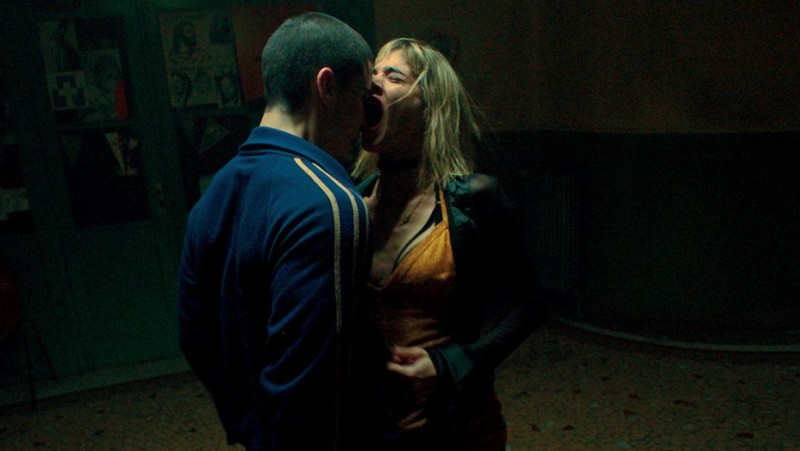
An athletic and atmospheric fever nightmare, Climax uses its simple premise and enclosed surroundings to explore the human psyche’s delicate hold on sanity and civility. The film is light on character development and the traditional markings of cinematic narrative, because its main purpose is to provide a phantasmic conceptual lens into the singularity of sensory experience, and how that singularity speaks to human alienation and the tenuous bonds of social harmony. Indeed, the film’s dance troupe is a microcosm of society, and their drug-induced hellish odyssey becomes a kind of social experiment that pitilessly immerses us into a raw cerebral maze—visualized through the sinuous, labyrinthine staging—as we witness the Freudian fragmentation of these characters’ egos, wits, and sense of belonging. With Climax, Noé is providing a psychological Rorsarch test to viewers, inviting us to identify with any or all of these characters, whose distinct behaviors serve as stand-ins for our own unique projections—and collectively function as an autopsy of a psychotic breakdown’s primal, terrifying orgiastic catharsis. The film’s expressionistic flourishes add to this aggressive assault on the senses, and Noé’s meandering camera lends a sobering, visceral voyeurism that allows us to survey the carnage and caliginous tension with hypnotic, disturbing immediacy. As the womb for creativity and destruction, the gym becomes a pitiless inferno that plunges both characters and audiences into the darkest recesses of human misery, so it makes sense that this is where the transcendent ecstasy of artistic vision is first realized, and where the dancers’ emotional fragility ultimately reaches a delirious and volatile crescendo. At the same time, Climax’s dizzying denouement is Noé’s way of acknowledging the perverted freedom that’s nestled at the heart of our naked, unrepressed subconscious.
2. The Irishman (Martin Scorsese)
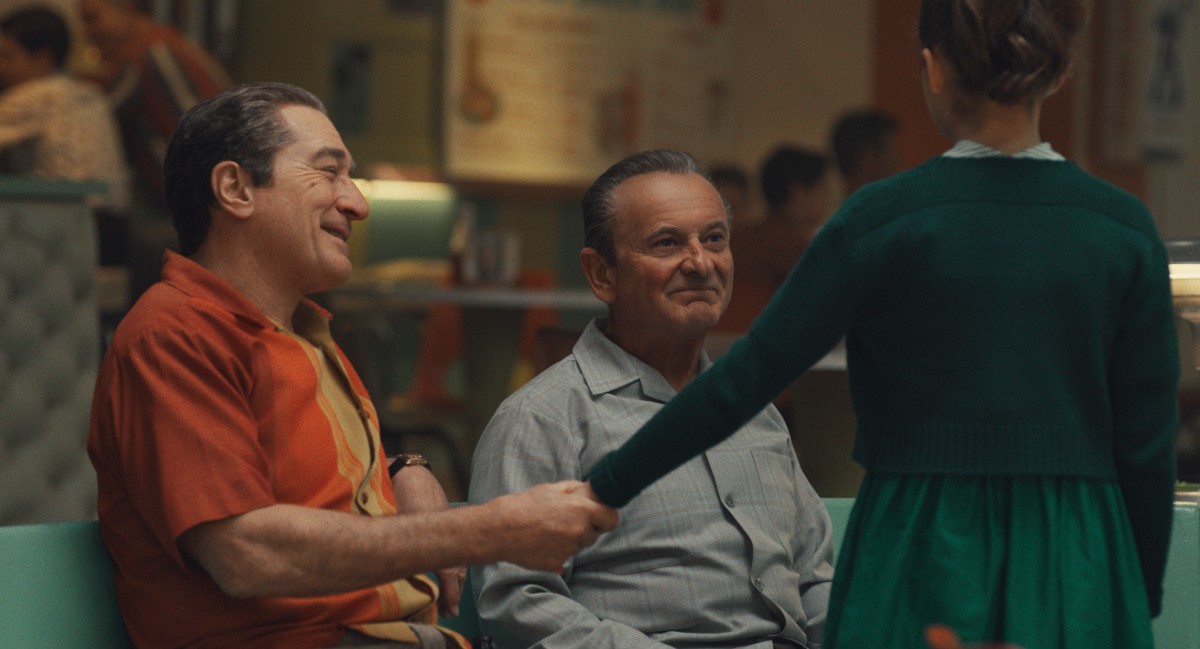
Martin Scorsese’s 3-and-a-half-hour crime epic feels like the swan song of a bygone genre, and it’s fitting that the maestro of mob movies be the one to give this sendoff. Yet ‘crime epic’ is too myopic and misleading a label, for The Irishman is an expansive tapestry of a specific time in America’s past, one that captures and weaves its history, politics, philosophies, and anxieties. The story of organized crime and the story of organized labor are both stories of the American Experience—the desire to carve a slice of its pursuit of happiness. In fact, the film’s politics are inseparable from its existential themes—how powerful and prescient it is to witness a time in which collective labor actually delivered for the people—as Scorsese provides an implicit indictment of capitalism by peeling back the layers of political unrest, civil disillusionment, crisis of faith, alienation, systemic corruption and moral rot buried beneath the American Dream’s fetishized mythology. Yet Scorsese’s most powerful rebuttal against a consumerist culture consumed by ruthless self-determination—and where the film’s most poignant intersection between the personal and the political rests—is in the ultimate fates of Frank Sheeran (Robert De Niro), Russell Bufalino (Joe Pesci), and Jimmy Hoffa (Al Pacino), three men whose stubborn egos and flexible moral latitude were their ultimate undoing, the desire for power, status and respect preventing them from prioritizing the important things in life like family and community (the more Hoffa felt entitled to the union leadership and its sense of authority, the more his tragic fate became inevitable). In its meditation on aging, the passage of time, and what it means to look back on one’s life with muted regret, The Irishman reminds us of life’s inescapability—all roads lead to the same mortal end, so we might as well just stop and enjoy some ice-cream sundaes along the way.
1. The Wild Pear Tree (Nuri Bilge Ceylan)
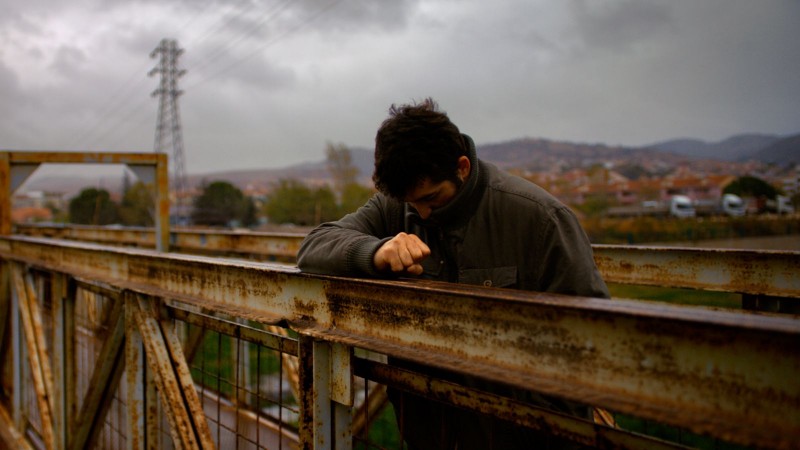
A soulful portrait of existential alienation and an impressionistic love letter to nature’s pensive beauty, set against a panoramic backdrop of Turkey’s countryside and coastal landscapes that are alternately majestic and melancholy, Ceylan’s masterpiece harnesses the ennui of modern Turkey to reflect on the world at large; art, metaphysics, religion, spirituality, death, morality and how one’s connection to animals and nature is the ultimate salve against life’s pitiless and materialistic absurdity. It’s impossible to disentangle The Wild Pear Tree’s visceral grip from its visual language, and as with many great impressionist works, the film’s bucolic tableaus, languid compositional rhythms and meditative ambiance intuitively thread the needle between the moody, the cerebral and the philosophical, and its subtle foregrounding of the seasons through Tiryaki’s verdant, autumnal and wintry hues capture the sweet sorrow of life’s cyclicality; change, growth, death, and rebirth. It’s a sentimental treatment of the outdoors as a vehicle for introspection, and not unlike Ari Aster’s Midsommar, there’s deference to man’s symbiotic relationship with Mother Nature that’s sublimely realized through the film’s dreamy cinematography. The Wild Pear Tree is about how we choose to define our place in society, as Ceylan subtly pushes us to rethink our narrow notions of success and failure. With this film, he has fashioned a gentle and poignant odyssey—for his protagonist and for us viewers—towards inner peace, one that requires us to transcend the familial rifts, parental legacies and generational chasms that might stand in our way. To that end, The Wild Pear Tree’s emotional gut-punch lies in its understanding that it’s the parent with whom we share the most fraught relationship—who we most resent and take for granted—that understands us to our core, and with whom lies the most sacred bond, tender love, and spiritual empathy—and how achieving this humbling revelation, while emotionally overwhelming, is the ultimate sign of personal growth. Ultimately, the film suggests that perhaps the truest form of success is the ability to navigate life within a contrarian nook we carve for ourselves.
